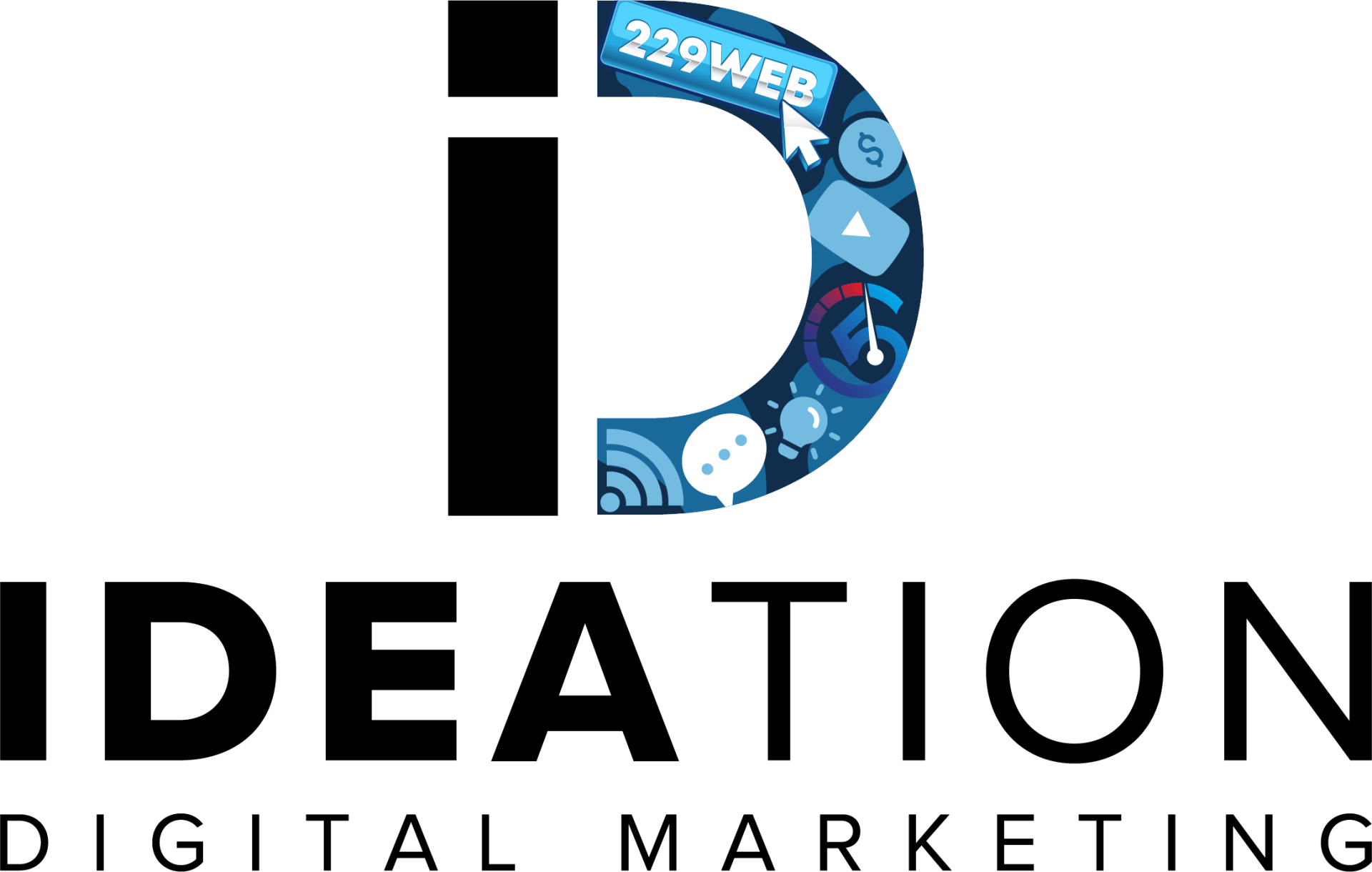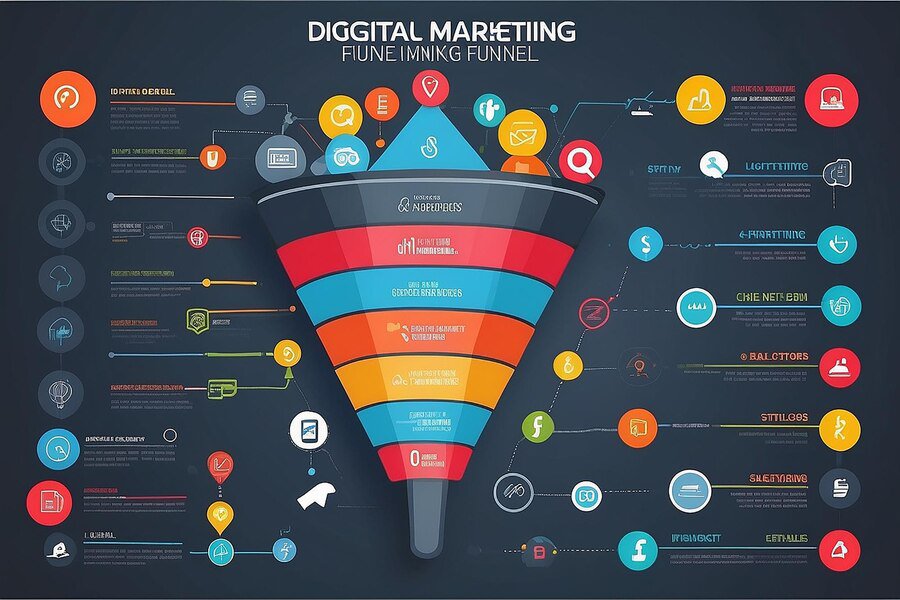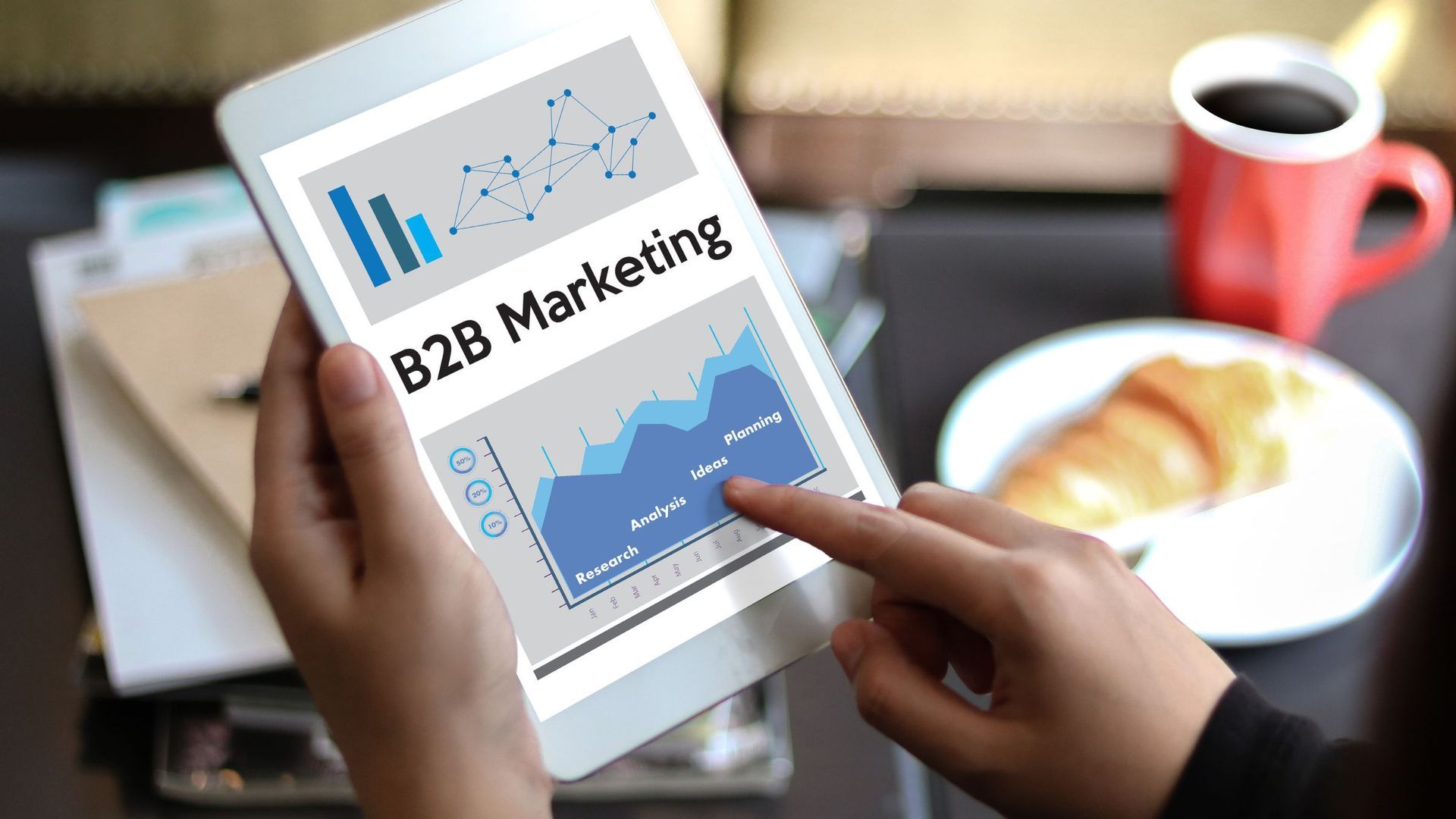222 Capitol Street, Suite 522
Charleston, WV 25301

Creating Successful Advertising Campaigns
Advertising campaigns can make or break a brand's presence in the market. At Ideation Digital Marketing, we understand that creating a successful campaign involves more than just flashy visuals or catchy slogans. It’s about crafting a story that resonates with your audience, using data-driven strategies to pinpoint your ideal customer, and continuously optimizing your approach for the best results. In this blog, we’ll delve into the essential steps for designing effective advertising campaigns, sharing practical insights and real-world examples to guide you through the process. Whether you're new to advertising or looking to refine your strategy, these tips will help you build campaigns that truly connect.
Crafting a Compelling Narrative for Your Campaign
A compelling narrative is central to creating a memorable advertising campaign. It involves weaving a story that captures your audience's attention and resonates with their emotions and values. This narrative should reflect your brand's essence and connect with viewers on a personal level. Start by identifying the core message you want to convey and then build a story around it that highlights the benefits and values of your product or service.
Incorporate relatable characters, scenarios, or challenges to make your story engaging and authentic. A well-crafted narrative not only makes your campaign more memorable but also helps in establishing a stronger bond with your audience, encouraging them to take action and remain loyal to your brand.
Targeting Your Audience with Precision and Insight
Precision targeting ensures that your advertising efforts reach the most relevant audience for your brand. By leveraging data and insights, you can identify key demographic groups, interests, and behaviors that align with your campaign objectives. Start by defining your target audience based on factors such as age, location, income, and interests. Utilize tools like audience segmentation and analytics to refine your targeting strategy.
This approach allows you to deliver personalized content that addresses specific needs and preferences, increasing the likelihood of engagement and conversion. Effective targeting minimizes wasted ad spend and ensures that your message reaches those most likely to be interested in your products or services, maximizing the overall effectiveness of your campaign.
Utilizing Data to Drive Your Advertising Strategy
Data plays a critical role in shaping a successful advertising strategy. By analyzing various metrics such as audience behavior, campaign performance, and market trends, you can make informed decisions that enhance your campaign's effectiveness. Start by collecting data from multiple sources, including social media analytics, website traffic, and customer feedback. Use this information to identify patterns, preferences, and areas for improvement.
Data-driven insights help in optimizing ad placement, budgeting, and creative strategies. By continually monitoring and adjusting based on data, you can refine your approach to achieve better results, improve ROI, and stay ahead of competitors. Utilizing data ensures your advertising strategy is both efficient and impactful.

Measuring Success with Key Performance Indicators
Key Performance Indicators (KPIs) are essential tools for evaluating the effectiveness of your advertising campaigns. They provide measurable data that helps you assess how well your campaign is achieving its goals. By focusing on specific metrics, you can gain valuable insights into various aspects of your campaign's performance and make informed decisions for future improvements.
- Conversion Rate: Measures the percentage of users who complete a desired action, such as making a purchase or signing up for a newsletter. A high conversion rate indicates that your campaign effectively persuades users to act.
- Click-Through Rate (CTR): Tracks the ratio of users who click on your ad compared to the total number who see it. A higher CTR suggests that your ad is engaging and relevant to your audience.
- Cost Per Acquisition (CPA): Calculates the cost associated with acquiring a new customer through your campaign. This KPI helps you assess the efficiency of your ad spend and budget allocation.
- Return on Ad Spend (ROAS): Measures the revenue generated for every dollar spent on advertising. A higher ROAS indicates that your campaign is generating a profitable return.
- Customer Lifetime Value (CLV): Estimates the total revenue a customer will generate throughout their relationship with your brand. Understanding CLV helps in evaluating the long-term success of your campaigns.
By monitoring these KPIs, you can gain a clear understanding of your campaign's effectiveness and identify areas for improvement. Regularly reviewing and analyzing these metrics allows you to make data-driven decisions, optimize your strategy, and achieve better results.
Adapting Your Campaign Based on Real-Time Feedback
Adapting your advertising campaign based on real-time feedback is crucial for maintaining relevance and effectiveness. Immediate insights from your audience can reveal what’s working and what isn’t, allowing you to make swift adjustments to enhance performance and meet your campaign goals.
- Monitor Social Media Reactions: Keep an eye on comments, shares, and likes across social media platforms to gauge audience sentiment and engagement with your campaign.
- Track Real-Time Analytics: Use live analytics tools to monitor how your campaign is performing, including metrics like traffic sources, user behavior, and conversion rates. Immediate data helps you make quick adjustments.
- Adjust Targeting Strategies: Based on real-time data, refine your audience targeting to better align with who is engaging with your campaign. This may involve shifting focus to different demographics or interests.
- Modify Creative Elements: If certain visuals or messages are underperforming, make adjustments based on feedback and performance data. This could involve changing headlines, images, or calls to action.
- Respond to User Feedback: Actively engage with feedback from your audience, whether it's positive or negative. Use this input to address concerns, enhance user experience, and improve your campaign’s effectiveness.
Real-time feedback allows for agile adjustments, ensuring your campaign remains effective and resonant with your audience. By continuously adapting based on immediate insights, you can optimize your strategy, address issues promptly, and drive better outcomes.
Designing Visuals That Capture Attention and Engage
Designing eye-catching visuals is essential for making your advertising campaign stand out. Effective visuals should align with your brand identity while being both appealing and functional. Focus on creating clear, high-quality graphics that convey your message quickly and effectively. Use bold colors, engaging images, and simple layouts to grab attention and enhance readability. Consistency in visual elements, such as fonts and colors, helps reinforce brand recognition.
Additionally, ensure that your visuals are optimized for various platforms and devices to reach your audience wherever they are. Engaging visuals not only attract attention but also encourage interaction and make your campaign more memorable, ultimately driving higher engagement and conversions.
Testing and Refining Your Campaign for Maximum Impact
Testing and refining your advertising campaign is crucial for achieving optimal results. Begin by running A/B tests to compare different versions of your ads, such as variations in headlines, images, or calls to action. Analyze performance metrics, including click-through rates, conversion rates, and audience feedback, to determine which elements are most effective. Use these insights to make data-driven adjustments and improvements.
Continuous refinement allows you to identify and address issues, optimize ad performance, and enhance overall effectiveness. By regularly testing and tweaking your campaign, you can adapt to changing market conditions, improve engagement, and ensure your advertising efforts deliver the best possible results.
Leveraging Social Media to Amplify Your Message
Social media is a powerful tool for expanding the reach and impact of your advertising campaign. By utilizing platforms like Facebook, Instagram, Twitter, and LinkedIn, you can connect with a broader audience and foster greater engagement. Create tailored content that resonates with each platform's unique user base, and use targeted advertising to reach specific demographics.
Engage with your audience through interactive posts, live events, and customer feedback to build relationships and encourage sharing. Social media also offers valuable analytics that can inform your strategy and help you refine your approach. By leveraging social media effectively, you can amplify your campaign's message, drive traffic, and boost brand visibility.
Conclusion
Creating successful advertising campaigns requires a blend of strategic planning and ongoing refinement. By crafting a compelling narrative, targeting your audience precisely, utilizing data effectively, and designing engaging visuals, you lay a solid foundation for your campaign. Testing and adapting based on real-time feedback ensures that your efforts remain dynamic and impactful. At Ideation Digital Marketing, we're here to help you navigate these steps with expertise and creativity. Our team is dedicated to driving results and optimizing your campaigns for success.
Ready to take your advertising campaigns to the next level? Reach out to us at Ideation Digital Marketing. Call us at (304) 814-2445 or visit us at 222 Capitol Street, Suite 522, Charleston, WV 25301. We look forward to collaborating with you!

Main Office
222 Capitol Street, Suite 522
Charleston, WV 25301
other offices
48 1/2 Second Ave, Williamson, WV 25661
20 Clinch Mountain Ave, Lebanon, VA 24266,
Contact
DIGITAL MARKETING SERVICES
All Rights Reserved | Ideation Digital
Private Policy
All Rights Reserved | Ideation Digital











